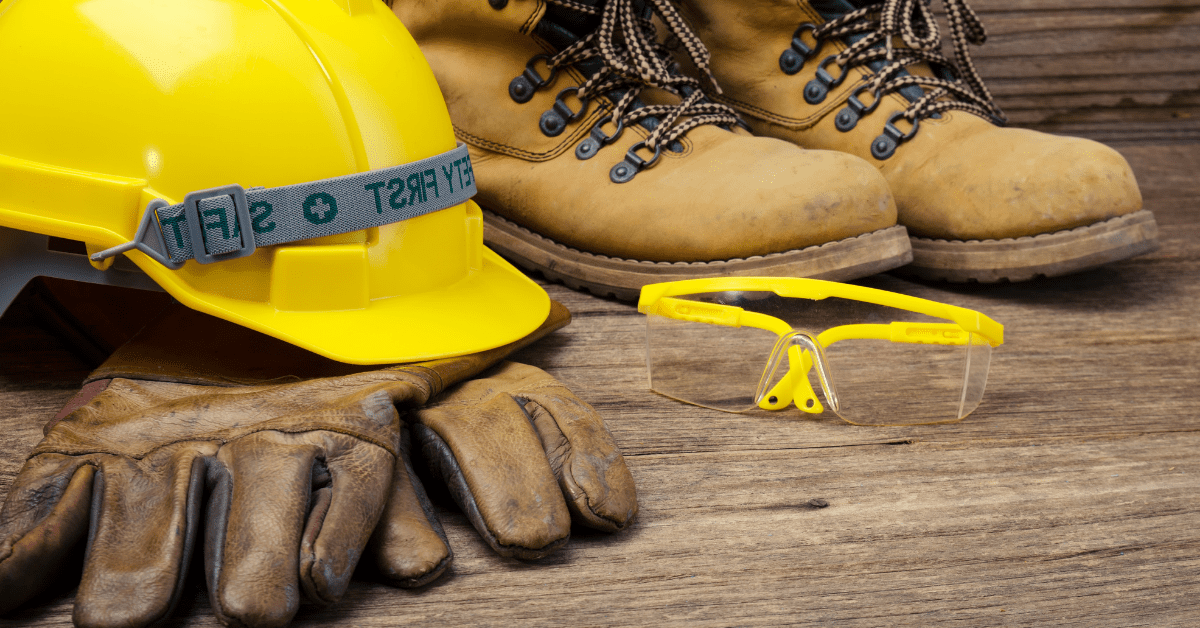
In the landscaping industry, we must take safety seriously. The last thing any landscape business owner wants to face is an injury or an accident. So often, these errors can be prevented with proper safety training and protocols.
Sam Steel, PhD, is a safety expert available exclusively to NALP members. He has seen first-hand how critical it is to implement safety standards and practices.
Steel says that in speaking to NALP members over the years and answering numerous questions, there are three main safety and health topics that he feels need to be at the forefront of landscape business owners’ minds. For ease of remembering, he has nicknamed them the “ABCs” of safety.
Let’s dive into what each of the ABCs means and why you should consider them for your landscape business.
A: Audits and Assessments
Before you can truly implement an optimal safety program or training plan, you must know exactly what you’re dealing with. This is why audits and assessments are the first place to start.
“Any good safety management program for the green industry will be based upon safety and health audits that identify and prioritize workplace hazards that put workers at risk for serious or fatal injuries and illnesses,” Steel explains. “OSHA strongly encourages worksite hazard auditing as a guide for determining interventions to mitigate risk.”
In terms of measuring and tracking your success, Steel also recommends looking through your insurance claims history. This can also help you set goals based on eliminating hazards and reducing claims.
B: Buddy System
When a new employee starts with your company, it’s in your best interest to ensure they truly know the ropes. Steel says that the “buddy system,” that is pairing a new employee with a long-term one, can help.
“Although the benefits of buddy systems have been known for decades, it has received renewed interest in our industry because of statistics showing that nearly 50 percent of reported and treated injuries among landscape and lawn care employees occur during their first six months of employment,” Steel says. “To reduce these ‘new’ employee injury incidents, assign an experienced and safety-oriented employee to mentor them for their initial one to three months on the job.”
C: Communicate
Steel says that communication is also critical when it comes to safer practices. After all, how can safety measures truly be enforced if not well-communicated amongst the team?
“Communications with employees about safe and healthful work behaviors begin on their first day of employment and continue regularly throughout their career,” Steel explains. “It includes communication methods such as: posting of critical safety signage and notifications; fair, consistent and documented safety and health training; daily worksite briefings; opportunities for inclusion by all workers in safety committees; ‘close call’ reporting procedures without fear of retaliation; and communications in a language that all workers can understand.”
Connecting with Steel
Steel has spent more than 30 years developing, delivering, and evaluating agricultural industry safety and health programs. He is available for free advice to NALP members on all safety-related topics and can be contacted through this page.

NALP’s safety programs are produced in partnership with Rancho Mesa.

